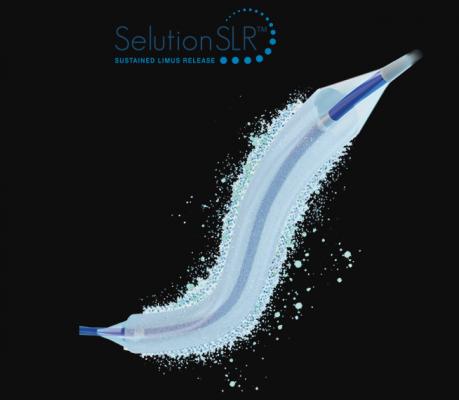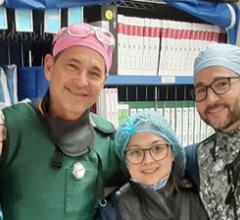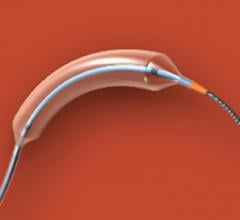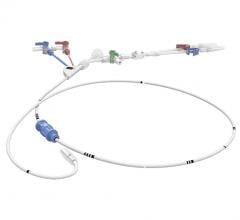
May 28, 2020 – MedAlliance has announced the award of its second European CE mark clearance for its Selution SLR 0.014 percutaneous transluminal coronary angioplasty (PTCA) sirolimus drug-eluting balloon (DEB), for the treatment of coronary arterial disease. This includes indications for both de-novo lesions as well as in-stent restenosis. The approval applies to a broad range of balloon sizes, from 1.5 x 10 mm up to 5 x 40 mm.
This approval was supported by one-year results from the SELUTION SLR First-in-Human Study, involving 56 patients enrolled across six Asian centers, nearly half (46.6%) of whom had diabetes. The patients include 87.6% with de-novo lesions and 12.4% had in-stent restenosis (ISR) lesions.
The primary endpoint of the study, freedom from device and procedure-related mortality through 30 days, was achieved in 100% of patients. There was no MACE (major adverse cardiovascular events) reported up to 30 days, and only one case occurring up to one year. Selution SLR demonstrated similar efficacy and safety to a drug-eluting stent (DES), with only a single patient requiring a TLR (target lesion revascularization). This single TLR case accounted for the low overall MACE rate of 2% at 12 months.
Investigators concluded that the data in this study support the safety, efficacy and optimal performance of Selution SLR in coronary applications.
“We are excited to have this new tool in our fight against de-novo coronary stenosis”, said Professor Robert Byrne, director of cardiology at the Mater Private Hospital, Dublin, Ireland and the chair of cardiovascular research at the Royal College of Surgeons. “We look forward to studying this innovative technology head to head against DES. Limus DEB may compliment traditional DES in addressing issues like DES thrombosis, as well as the treatment of small vessels, long diffuse lesions, side branches and bifurcations which remain a challenge for DES”.
“We are very excited to have been awarded our second CE mark, which is testament to the documented efficacy and safety of our novel sustained-release limus-eluting balloon in the treatment of coronary applications”, added MedAlliance Chairman and CEO Jeffrey B. Jump. “Selution SLR is designed to deliver the same safety and performance as best-in-class DES technology with the added benefit of leaving nothing behind.”
In February 2020 MedAlliance received CE mark approval for Selution SLR for the treatment of peripheral artery disease. The company recently announced completion of its below-the-knee (BTK) First-in-Human study in Singapore. The SAVE Study in Arterial Venus Fistula (AVF) enrolled its first patient in April. The STEP Pedal Arch study is to commence enrollment this quarter. A 500 patient post marketing clinical study will follow as well as the U.S. IDE ISR study which will begin enrollment later this quarter.
MedAlliance is the first DEB company in the world to receive U.S. Food and Drug Administration (FDA) Breakthrough Device Designation Status for a coronary DEB. Selution SLR has now achieved this status for a range of indications: the treatment of AV-Fistula; coronary in-stent restenosis and peripheral below-the-knee lesions.
The Selution SLR uses technology with unique micro reservoirs made from biodegradable polymer intermixed with the anti-restenotic drug sirolimus. These micro reservoirs provide controlled and sustained release of the drug. Extended release of sirolimus from stents has been proven highly efficacious in both coronary and peripheral vasculatures. MedAlliance’s proprietary CAT (Cell Adherent Technology) enables the micro reservoirs to be coated onto balloons and adhered to the vessel lumen when delivered via an angioplasty balloon.
For more information: http://medalliance.com/


 April 04, 2024
April 04, 2024 








